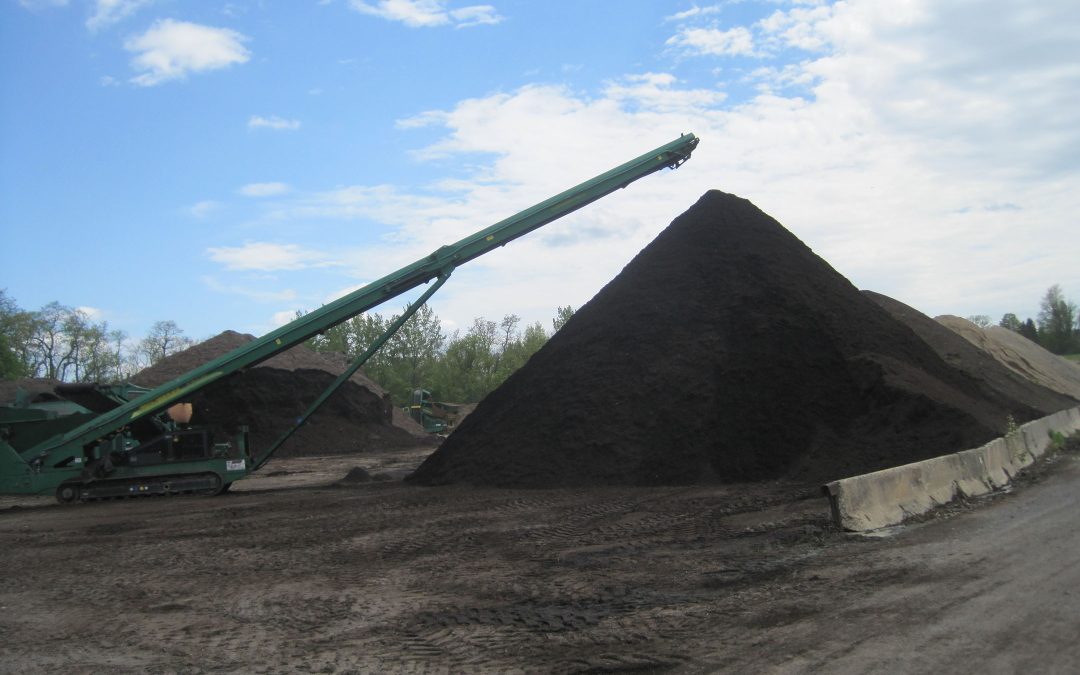
The Importance of Odor Control for Composting Facilities
What Causes Foul Odors When Composting? If not managed properly, organic material that is undergoing the composting process can produce unpleasant odors. The mishandling of compost piles can create an anaerobic environment that produces gases such as hydrogen sulfide...
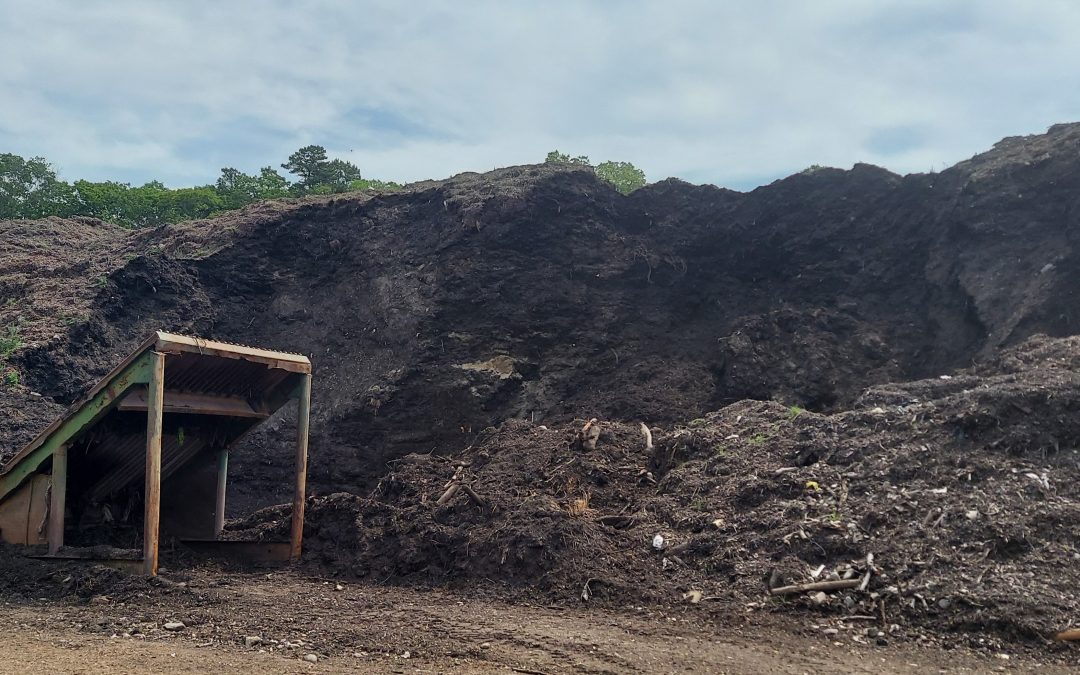
Benefits of Facilities that Compost Organic Material
Why Compost Organic Material? Composting is the process of recycling organic material, such as food waste or yard trimming waste (like leaves and grass), into a beneficial material. Creating compost, rather than just disposing of organic material, helps to reduce the...
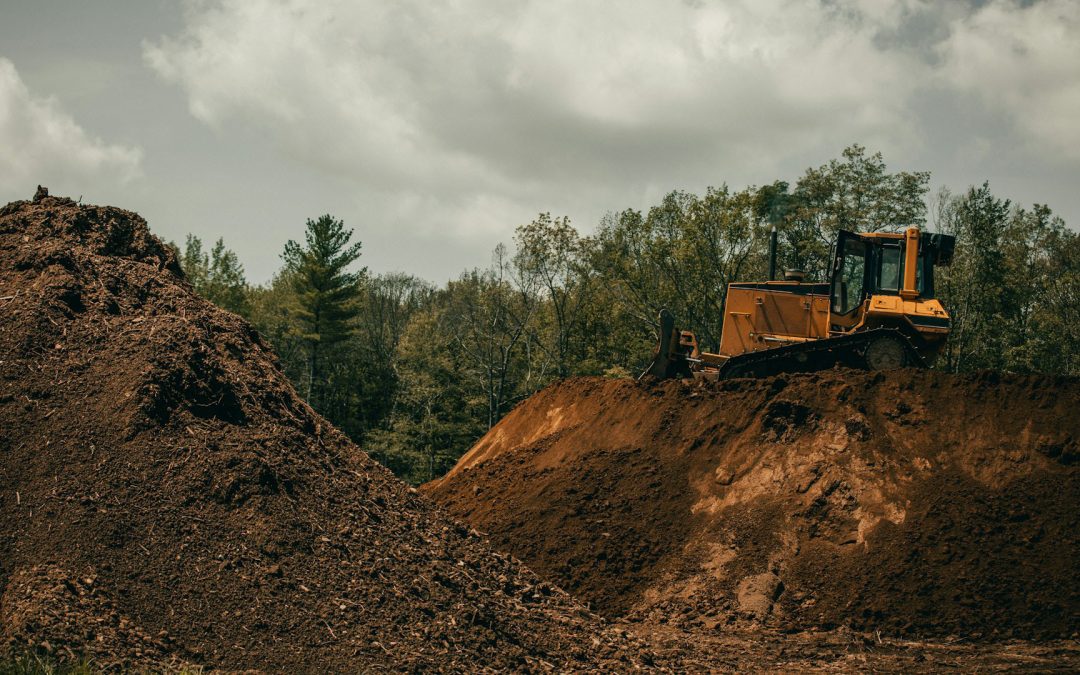
An Introduction to Environmental Data Management Systems
In 2025, technological advancements are leading the way in simplifying everyday tasks. Environmental Data Management Systems, or EDMS, are doing just that for environmental sampling. EDMS are utilized to streamline the collection, management, and reporting of...

Conditional Exclusions for Solvent-Contaminated Wipes
In 2013, the Environmental Protection Agency (EPA) published a final rule that modified its hazardous waste management regulations for solvent-contaminated wipes under the Resource Conservation and Recovery Act (RCRA). This rule revised the definition of solid waste...
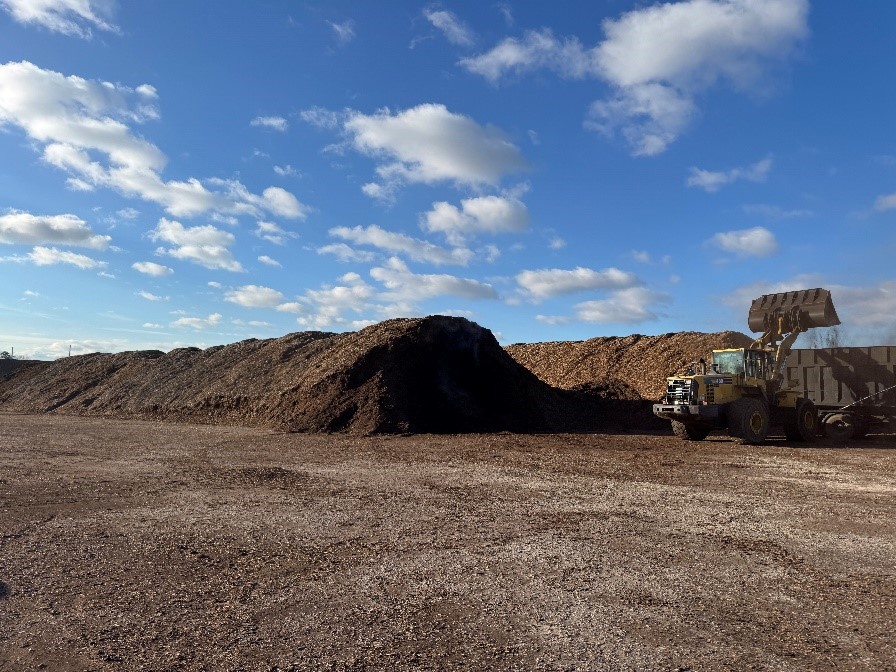
Mulch Facility Temperature Monitoring Logs Required as Part of Solid Waste Annual Report
REMINDER: Temperature monitoring logs for mulch material windrows/piles are now required to be submitted for mulch processing and storage solid waste management facility (SWMF) annual reports in accord with 6 NYCRR (New York Codes, Rules, and Regulations) Part 360 and...
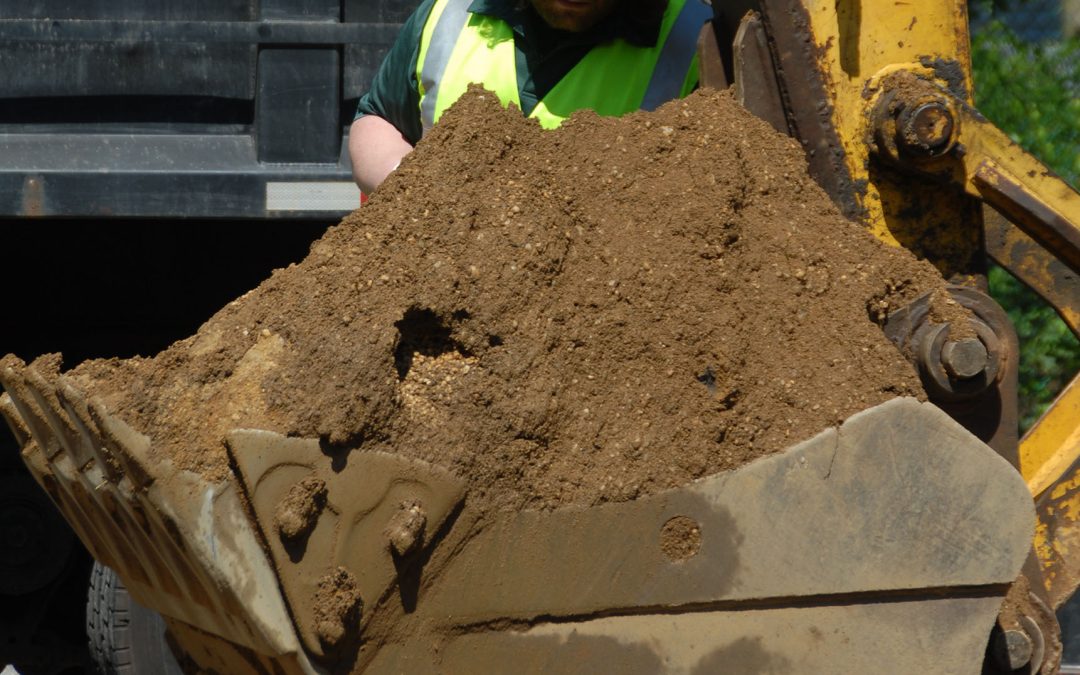
Solid Waste Annual Report Submission Deadline Is Approaching
If you own or operate a Solid Waste Management Facility (SWMF), like any of those listed below, this information is for you! Construction and Demolition (C&D) Debris Handling and Recovery Facilities Transfer Facilities/Stations Organic Waste Recyclers/Processors...
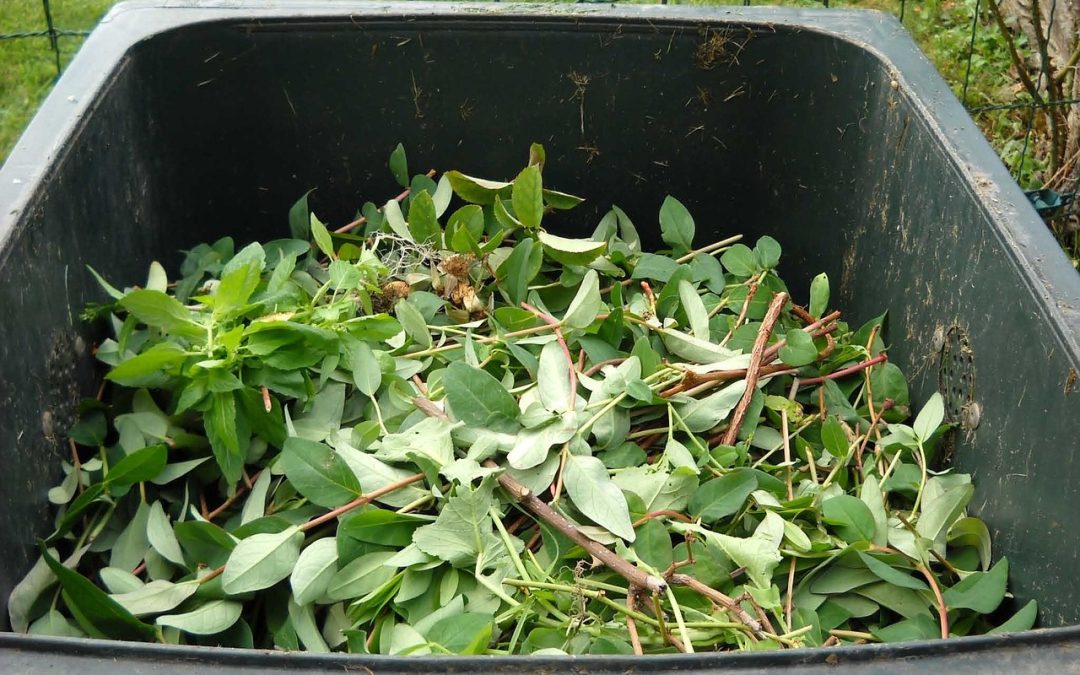
NYS and NYC Strengthen Food Waste Reduction Efforts
New York State (NYS) and New York City (NYC) are escalating their efforts to reduce food waste by utilizing inclusive legislation and regulations aimed at businesses and residents. Understanding these laws is important to ensuring compliance and contributing to...
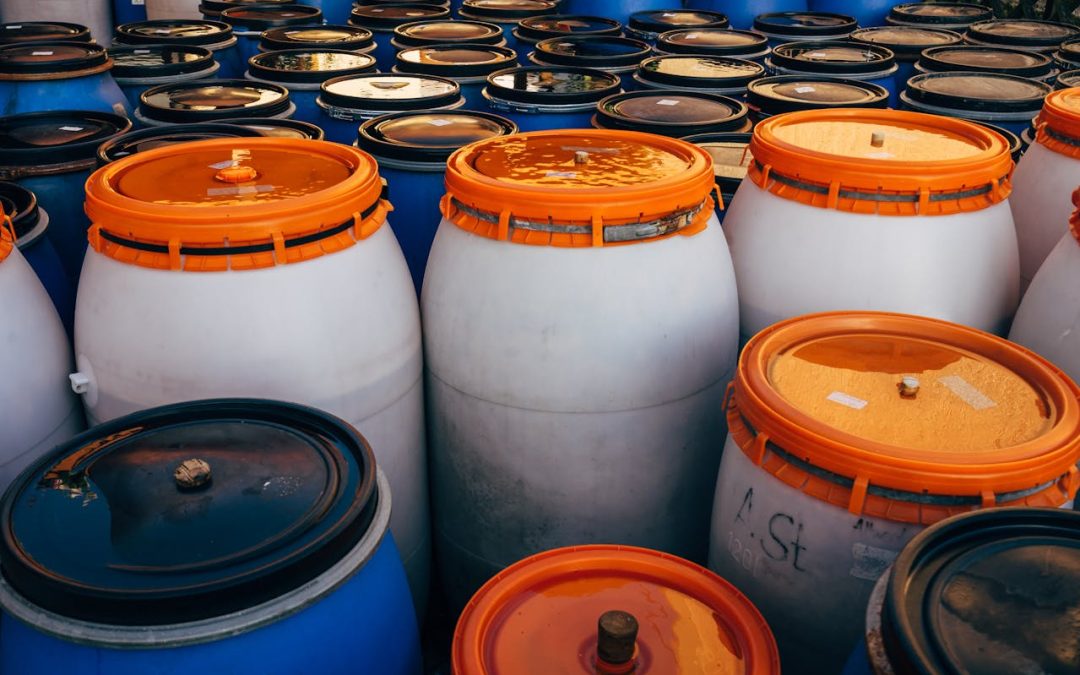
Deadline for Annual Hazardous Waste Report Filing: March 1, 2025
Annual hazardous waste reports must be filed with the New York State Department of Environmental Conservation (NYSDEC) by March 1 each year for hazardous waste generating facilities operating in New York State. What Facilities Need to File an Annual Hazardous Waste...
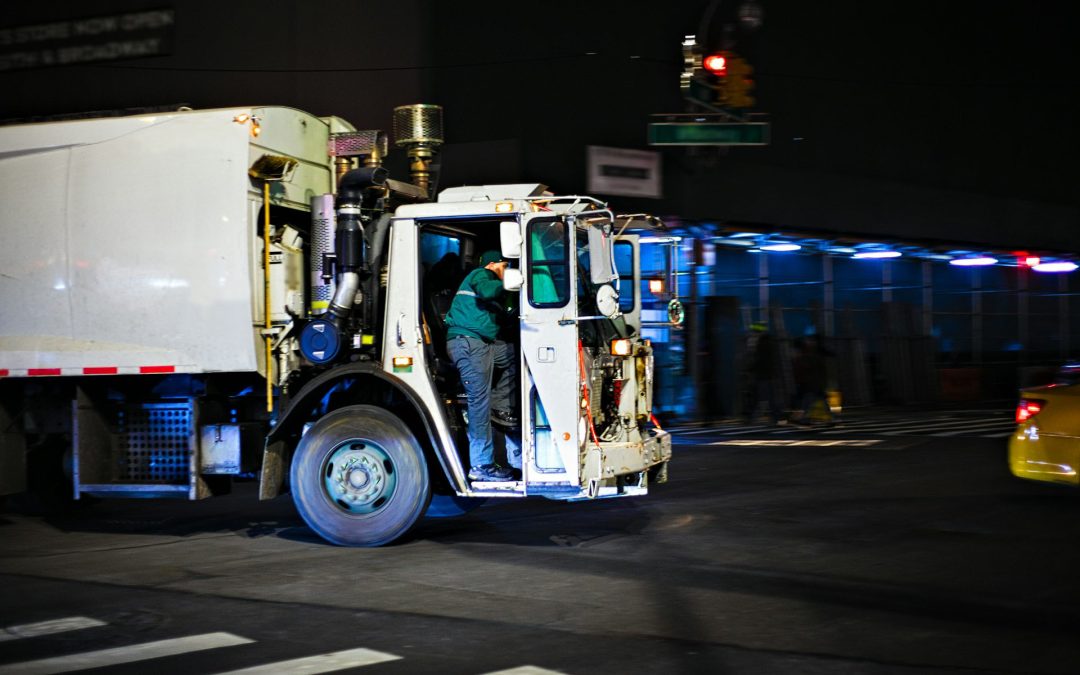
NYSDEC Waste Transporter Annual Report Deadline: March 1, 2025
Annual reports for all waste transporters who operate within the State of New York under 6 NYCRR Part 364 are due to the New York State Department of Environmental Conservation (NYSDEC) by March 1, 2025. What Is the Purpose of 6 NYCRR Part 364? Part 364 is designed...
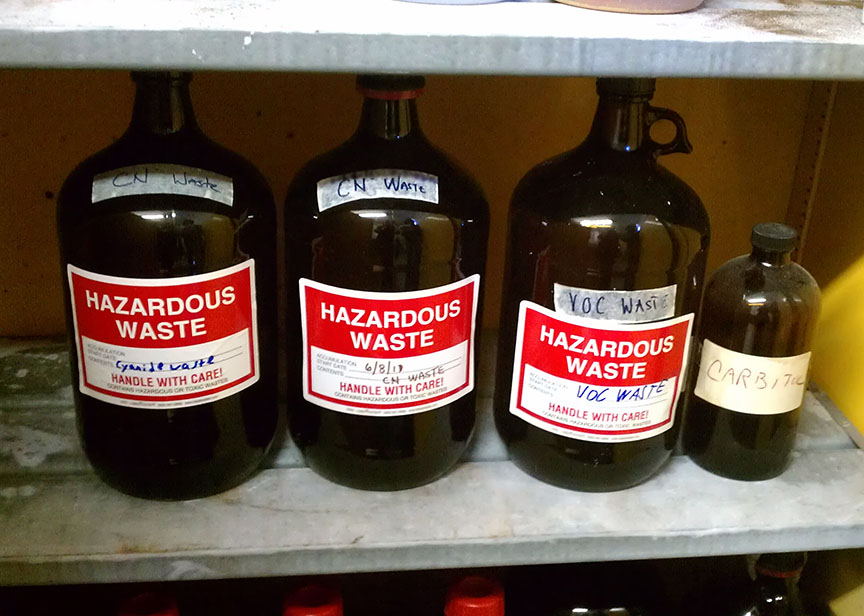
What You Should Know About Proper Waste Management
If you operate a business, you are most likely producing waste. Waste can range from general trash and recycling to hazardous, non-hazardous, or biohazardous waste. For example, a medical facility may produce biohazardous waste, while industrial and commercial...
